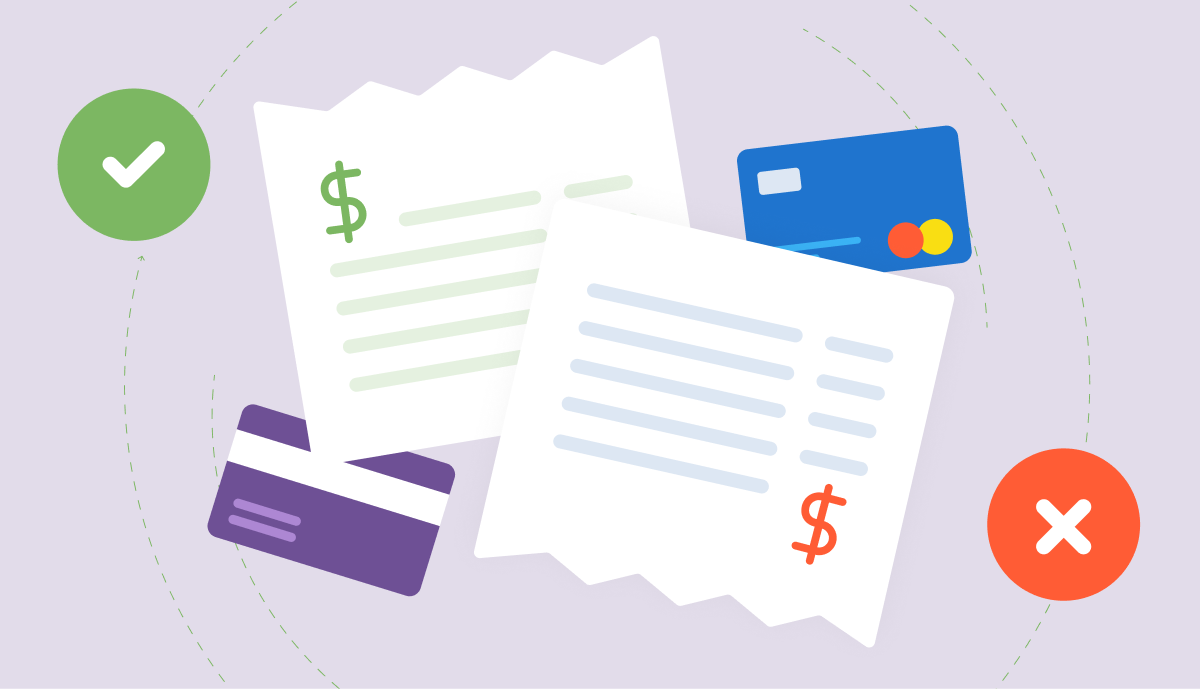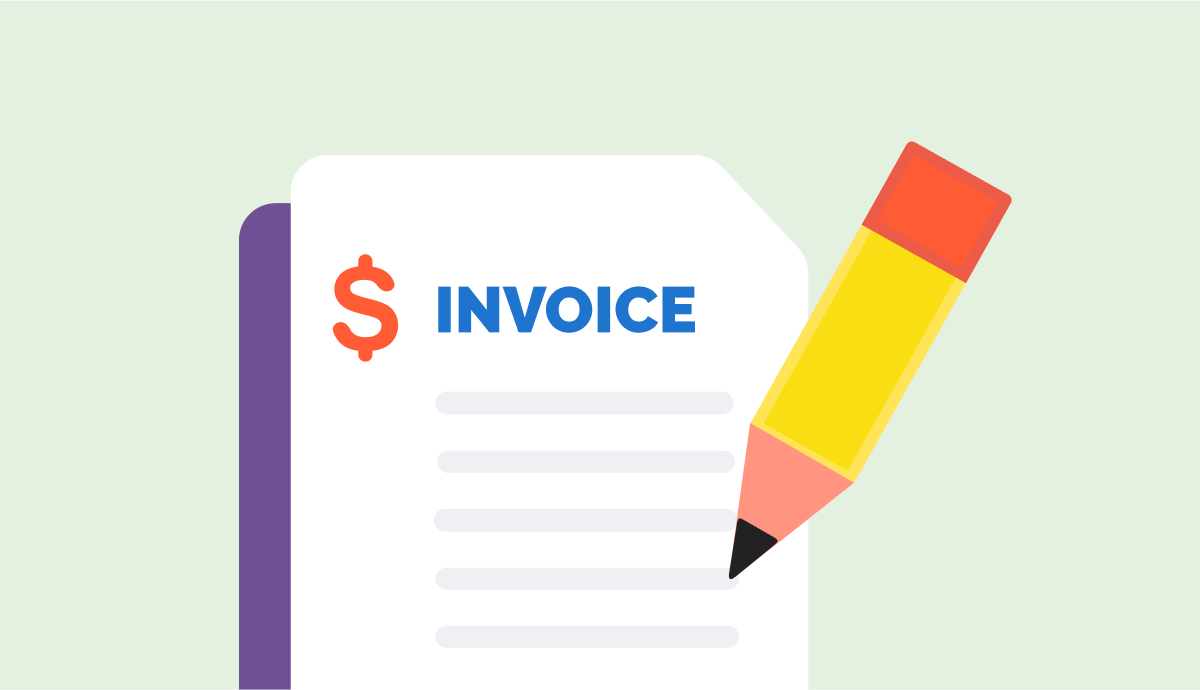Last updated October 15, 2024
The payments industry is constantly changing and evolving. Are you keeping up with the latest trends in the payments industry? If not, you could be missing out on important changes that could impact your employees, your clients, and your cash flow.
We hosted a panel-style webinar where we sat down with:
- Mark Johnson, Chief Product Officer at BigTime
- Robin Belnap, Accountant/Office Manager at Reeve & Associates
- Constance Hubbel, Financial Controller at AssistPro
As both payment pros and active BigTime customers, Robin and Constance shared their first-hand experience with switching to an automated online payment experience and how it not only helped them get paid faster but also made for happy clients.
From changes in the way businesses are sending invoices to clients to the efficiencies of switching to online payments, here are 7 things you should know for improving cash flow heading into 2025.
1. There are consequences of not using online payments.
Not using online payments brings various challenges. There’s a risk of payment delays, especially when clients wait until the due date to send checks. In a fully remote company, retrieving checks from a P.O. box becomes cumbersome, especially when sent to multiple people. Embracing platforms like BigTime allows you to easily create, review, and send invoices, eliminating the manual tasks of stuffing and addressing envelopes.
2. Don’t let change management hold you back from switching to online payments.
Overcome concerns about client reluctance and dissatisfaction by ensuring the new process is seamless, flexible, and secure for them. Businesses are now accustomed to the new norm which is the online payment experience so they shouldn’t be too surprised by the change at your company. In fact, studies show that companies are increasingly changing providers if secure online payment options are not offered. Embrace the shift confidently and always be ready to talk one-on-one with your customers about the change.
3. There’s a right way to communicate with clients when switching from check to online.
Effective communication is key. When making the switch, both Robin and Constance shared that they were apprehensive about how their clients would react. However, the process was a smooth one for both.
When transitioning from checks to online payments, set a specific switch date, and share it well in advance. Use targeted emails to communicate the change (and switch date), add reminders to invoices, and cc yourself on invoices being sent out so your clients can feel more comfortable with the new method.
4. Security is everything.
Security is a real concern and most of us have probably seen some of the not-so-comforting checkout pages that make you second guess if you should enter your credit card info in.
A few things to keep in mind with payment processing software:
- Does the checkout page include a privacy policy and other terms of use?
- Is payment information being securely captured?
- Is the data being tokenized?
- Is only the pertinent information needed to complete the transaction being asked?
- Do the form fields look professional?
This year, BigTime partnered with a new processor that has the highest level of PCI compliance and processes double-digit billions of dollars per year.
5. Maintain some stability in your cash flow with online payments.
Doing away with paper checks has given both Robin and Constance more stability in their cash flow. When clients get emailed their invoice, they are more likely to go pay it at that moment as opposed to waiting until they have a free moment to handwrite a check and physically mail it out. Better yet, clients will be taking advantage of BigTime’s AutoPay feature and not have to worry about taking any additional steps. That means less chasing for you and more convenience for your clients.
For Constance, having better predictability was a game-changer for her company. By having more insight into current cash flow, they’re able to use that information and make any necessary changes to expenses.
6. When vetting a payment processing vendor, make sure it simplifies everyone’s day.
Along with making sure the vendor is secure, you need to make sure that whatever platform you choose simplifies operations for all involved. Robin loves that she can quickly create and send invoices out through BigTime since all the information she needs is already entered in. From time and expenses tracked by employees to the job contract itself, Robin noted that “There’s no need to type 20 different tasks out. I click what I want and create an invoice.”
On the other side of operations, a client portal takes the guesswork out of payments. With BigTime, you can give clients access to a user-friendly portal for visibility into outstanding invoices, the option to pay now or schedule, and save payment methods.
7. You don’t have to do it all at once.
While it can feel daunting, don’t be afraid of making the switch. It’s important to remember that you’re not doing it by yourself or all at once. With BigTime, you’ll be walked through the transition every step of the way so there’s never any guessing or confusion.
New Year Payment Trends and What to Look Forward to at BigTime
The big trend Mark has been noticing in the payments space (that no one will be a fan of) is the 17% increase in late payments in 2023 vs. 2022. That is a huge impact on a company’s bottom line and one that the BigTime team wants to help mitigate as much as possible. AR continues to be the least invested area of a company’s tech stack, yet there is a tremendous amount of low-hanging fruit when implementing billing and invoicing software. This doesn’t take 90+ days to implement like other tech stack changes, and you can start to unlock value right away.
With invoicing and payments, our focus at BigTime is first on data and second on the experience. Payments are a messy business and we want to make sure we solve your deposit, invoice matching, and reconciliation data flow as best we can in the product.
We also want to make it easier to invoice and receive payment out of BigTime. The more we can help you automate manual steps (like adding late payment fees or credits to an invoice) and the more frictionless we can make the payment experience for your clients, the more trapped receivables you can convert to cash quicker!






